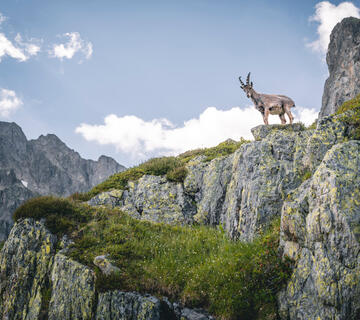The context

An international reputation
An internationally renowned destination, the Chamonix Mont-Blanc Valley welcomes visitors from all over the world all year round.
The territory is also characterised by its unique geographical location, bordering Switzerland and Italy, and close to two major crossing points, the Mont Blanc tunnel and Geneva airport, with easy access by major road and rail routes.
This notoriety appears to be a real source of wealth for the destination, but it also generates negative impacts which are taken into account by the actors of the territory in order to reduce their effects.
Remarkable biodiversity and sites
91.4% of the territory of the Chamonix Valley is under protection. There are
- 2 classified sites: massif and balcony of Mont Blanc covering 25,825 ha ;
- 3 nature reserves - Aiguilles Rouges, Carlaveyron, Vallon de Bérard - covering 6186 ha;
- 8987 ha classified as Natura 2000 zone;
- 2 registered sites - Hameau de Tré le Champ and its surroundings, Gorges de la Diosaz.
In Haute-Savoie, the State has delegated the management of the Nature Reserves to ASTERS, Conservatoire des Espaces Naturels. A management plan has been drawn up for these three reserves, setting out the main objectives and actions to be undertaken with a view to conserving the natural heritage. At the same time, the Community of Communes of the Chamonix Mont-Blanc Valley has been entrusted with the tasks of promoting and raising awareness.
Increasingly visible climate disturbances
Sandwiched between two exceptional mountain ranges, Mont Blanc and the Aiguilles Rouges, the valley has a front row seat to climate change. The Mer de Glace, the largest glacier in France, which stretches over 7 km between 3,400 and 1,400 metres above sea level, is a troubling witness to the acuity of these changes, as demonstrated by the retreat of this emblematic glacier
Protection efforts are all the more important as by 2050, the territory will be confronted with the impact of global warming with temperature increases of 1 to 3°C by 2035, resulting in a 15 to 20% reduction in the number of days of frost in the mid and high mountains, an additional 20 days of summer in the valley bottoms and mid-mountains, and a seasonal redistribution of the frequency and intensity of precipitation, as well as an increase in the occurrence of extreme events.
Unesco recognition
Mountaineering is listed as a Unesco World Heritage Site as part of the Intangible Cultural Heritage of Humanity in December 2019.
This classification is a prestigious recognition for mountaineering, the result of a long collective work, which intervenes as a support to help ensure the future of a living activity, anchored in a tradition, a transmission, and which has evolved during its history and will continue to adapt.
Additional resources
Aware that it is essential to preserve a natural heritage that is as exceptional as it is fragile, the Chamonix Mont-Blanc valley has been resolutely engaged for several years in multiple battles to protect its environment and actively organise its ecological transition.
The community council of January 2022 validated the territory project based on the positive energy valley in the framework of the construction of the CRTE (contract for recovery and ecological transition) with the State.
For the air we breathe, the water we drink, for the exceptional nature that surrounds us. Each step forward is the result of work carried out on multiple fronts through different files. You will find them listed on the website of the Community of Communes: www.cc-valleedechamonixmontblanc.fr












